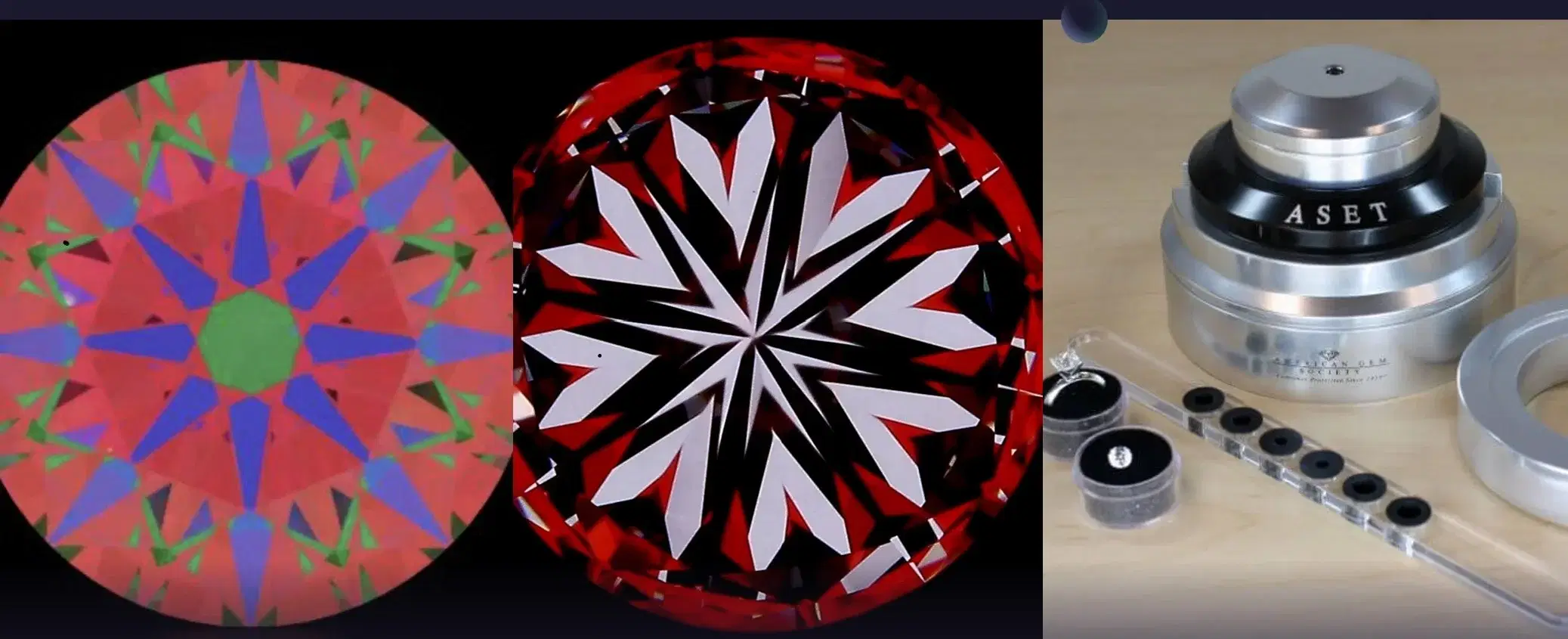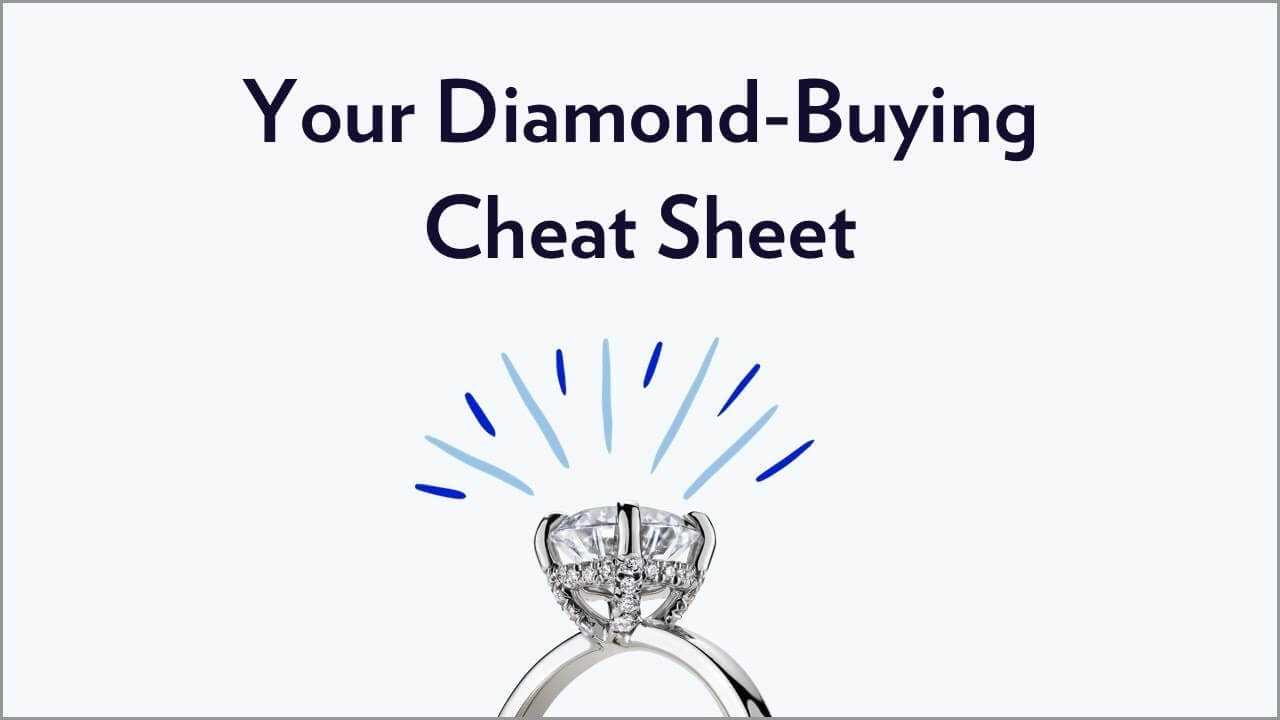The Angular Spectrum Evaluation Tool, abbreviated as ASET, refers to a scientific tool designed by the American Gemological Society (AGS) to investigate the light-handling properties of a diamond. The device examines how a diamond absorbs light from the hemisphere above. It then indicates to what extent light returns to the viewer’s eyes.
There are two key aspects to consider while determining a diamond's fire and brilliance. First, whether the diamond absorbs light in the first place and how much light it collects. Second, how the stone handles the collected light, a diamond may absorb light properly, but the light may reflect on the observer’s eyes or leak through.
According to many buyers, a diamond’s ability to absorb and reflect light depends on its color. But this is not entirely true. As we shall find out, the diamond cut plays a more significant role.
The ASET tool gathers as much information on a diamond’s brilliance as possible. The data is indicated on a diamond certification. The onus is on the diamond shopper to check with the retailer that their certifications contain ASET details.
When the AGS created ASET in 2005, it was not meant to be used only as a reflector tool. Instead, the device would offer the theoretical basis that the American Gem Society Laboratories (AGSL) uses for cut grading and light performance analyses. Since its creation, the tool has significantly changed the landscape regarding diamond grading. The device uses scientifically advanced grading systems and collates, analyzes, and presents data through computer-generated imaging.


